“Life is life’s greatest gift. Guard the life of another creature as you would your own because it is your own. On life’s scale of values, the smallest is no less precious to the creature who owns it than the largest.” – Lloyd Biggle Jr.
Disaster Preparedness For Livestock
Whether you own just a few livestock animals or have a large commercial operation, disaster preparedness is important because of the animals' size and the requirements needed to shelter and transport them. Disasters involving livestock animals can happen anywhere. Barn fires, hazardous material spills, and train derailments may necessitate a large-scale evacuation. You need to be prepared by having a disaster/emergency plan in place to protect your livestock either by evacuating or by sheltering-in-place.
Evacuation Planning
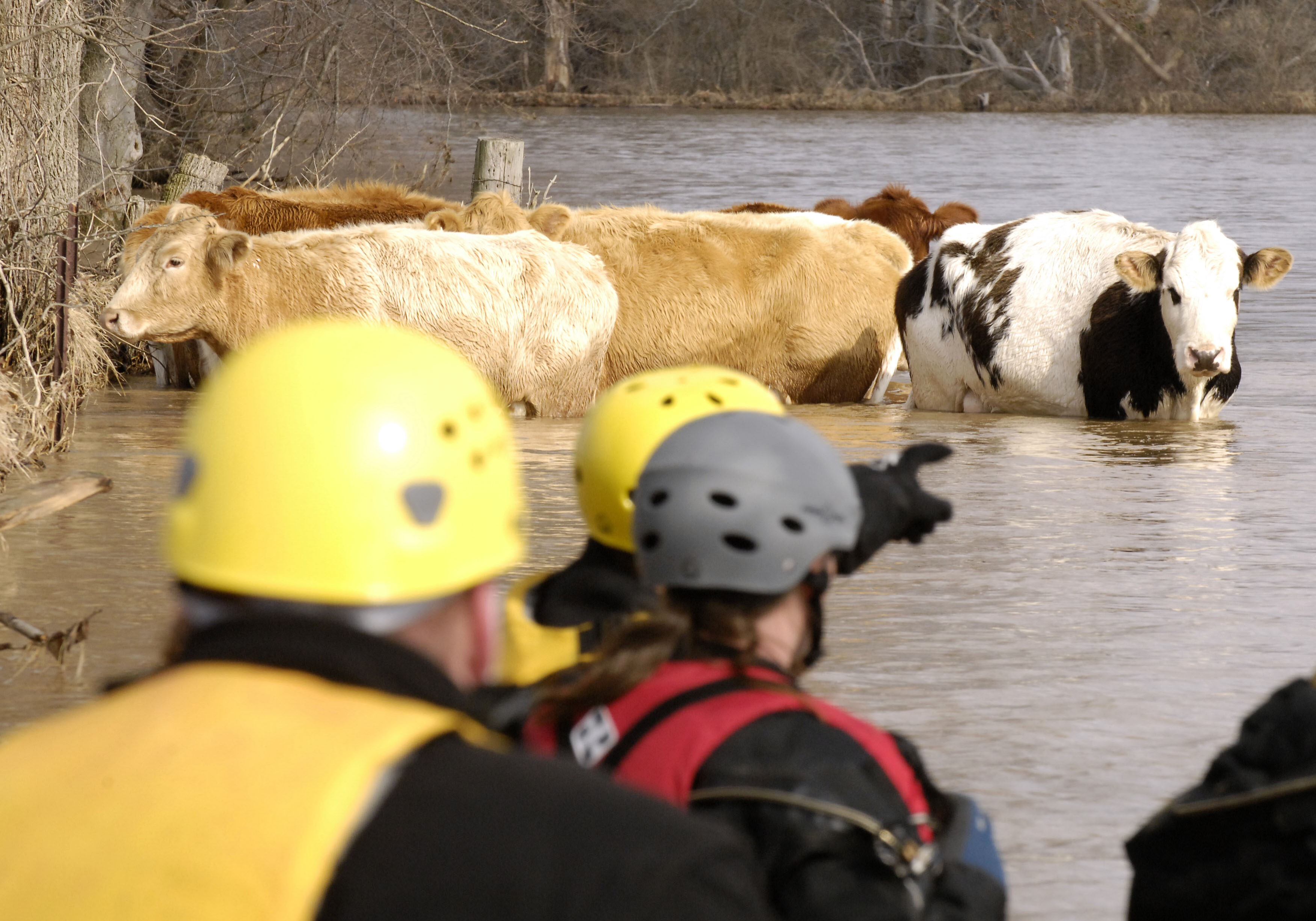
If you own a large number of livestock or poultry, you may need to have them shelter-in-place. If you are transporting your livestock to an evacuation site, it is important to evacuate EARLY - don't wait until the last minute. If multiple trips are required to transport your animals, you may encounter emergency road closures that prohibit returning to your home or livestock operation - forcing the animals to be left behind.
- Develop an evacuation plan; know different routes to take in case of road closures
- Establish a network of transportation resources (friends, neighbors, local haulers, etc.)
- Locate potential evacuation sites outside your immediate area. (fairgrounds, racetracks, rodeo grounds, stockyards. auction facilities, etc). Contact them for their policies and ability to take livestock in an emergency.
- Listen to the Emergency Alert System (EAS) on TV or radio
- Post your emergency contact information on your property (house, barn, etc.)
ID & Medical Records
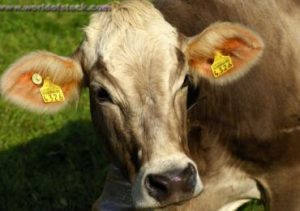
- Photograph, identify, and inventory your animals.
- Have permanent identification on your livestock (ear tags, brands, microchips, tattoos)
- If temporary ID is necessary: use livestock markers, paint, and/or duct tape with PERMANENT writing. Include your name and phone number.
- Make sure your animals have current vaccinations.
- Keep medical records and dietary requirements
- Provide contact information for your veterinarian
Transportation
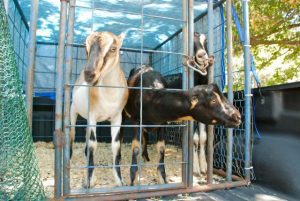
It can be a challenge to transport livestock due to size and requirements. Also, have your livestock ever been loaded onto a trailer before? If not, it may make evacuation difficult or maybe impossible.
Keep vehicle or trailers well-maintained, have a full tank of gas, and have the proper size hitch and ball (if bumper pull trailer). In addition, have a driver who is qualified to pull and back up a trailer quickly and safely.
If You Are Not Home
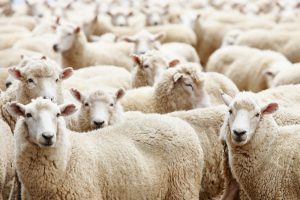
Pre-position stickers on your front and back house doors, barn doors, and pasture entrances to notify neighbors, animal control officers, or other emergency personnel that animals are on your property and where to find your evacuation supplies.
Create a “buddy system” with a trusted friend or neighbor to evacuate your livestock animals in case you are not home. This person should be familiar with your animals, have your emergency contact information, know your evacuation plan and where you keep you emergency kits.
After The Disaster
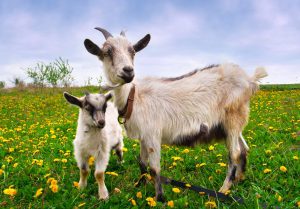
- Check barn, poultry cages/pens and fences for damages.
- Look for downed power lines
- Check pastures for sharp objects or debris that could injure livestock
- Beware of local wildlife that may have entered your property and could be dangerous
- If another person's animal is on your property, isolate it from your animals until it can be returned to the owner. Use caution when approaching and handling strange or frightened livestock
- For lost animals: contact your local animal control, veterinarian, surrounding farms, etc.
- Check with your veterinarian about potential disease outbreaks.
